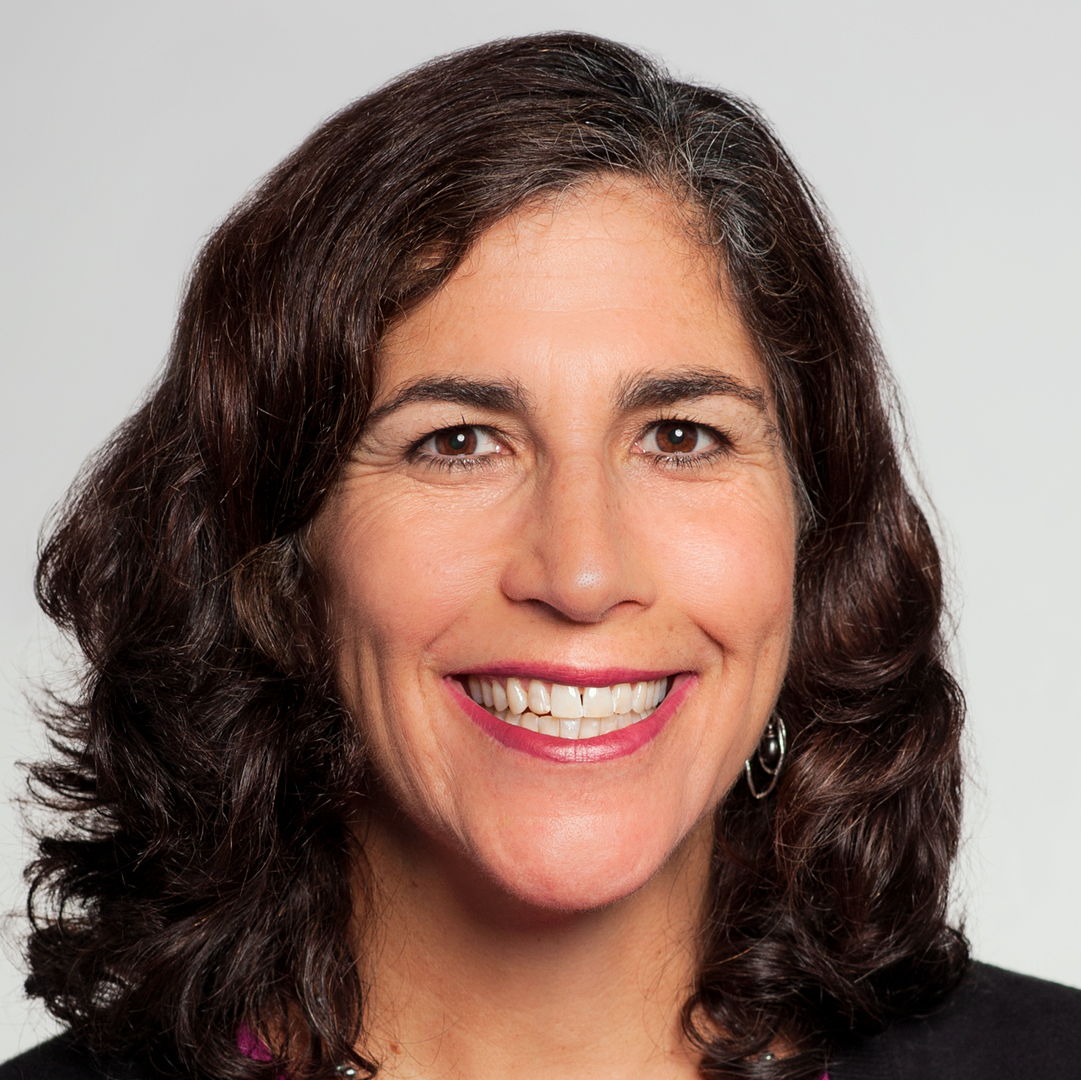|
Getting your Trinity Audio player ready...
|
The last line of Empowered’s mission rings the loudest, a perfect summation of everything founder and CEO Trisha Daho is fighting for. “So all people have the same access and tutelage of inclusive leadership to climb to the top of the ladder with amazing skills, the skills needed to be well-rounded and able business leaders.” It’s one of the guiding principles that led Daho—after twenty years of acting as a partner, CEO, and diversity expert—to found Empowered.
The math is fairly simple at its core: strategy + empowerment = success backed by people who feel connected to a wider mission. “Too many leaders have titles, but not empowerment,” Daho’s bio reads. Her work on the diversity and inclusion front decades before it became a more widely embraced movement, meshed with the Empowered CEO’s focus on meaningful growth, regularly finds her on keynotes and in print. She frequently speaks to authenticity in leadership, high-impact teams, creating growth cultures, diversity and inclusion, culture strategy, and more.
As the guest editor for Modern Counsel’s Empowered issue, Daho was kind enough to discuss the progression of the diversity and inclusion movement, the evolving demands of a tumultuous 2020, and how organizations can not only provide opportunities for but also bring out the best in their people.

Given your long experience in the space, I’m very interested to see what you’ve seen as both advancements and complexities to the idea of “D&I” and where you see the current trajectory for more equality.
I’ve been doing this work in some form since about the year 2000. Back then, most D&I efforts were about creating awareness that diversity is good and a lack of diversity is bad, proving out a business case for investing in D&I efforts, and giving forums to mostly women on challenges related to being in a very demanding field while juggling other personal and professional roles. Most of the education related to the arena was focused on how women should change how they show up and interact in the professional environment to be “successful.”
Looking back on it now, it’s purely awful that we were subjected to golfing lessons, image consultants, and communications experts on how to be less “feminine” and more “masculine.” There were virtually no efforts related to equity and inclusion.
Then, we started creating affinity groups for all kinds of people to make them feel a sense of belonging WITHIN the groups, exchange experiences and ideas, and voice issues and concerns. As a leader, I was invited to go to these group events to show solidarity and commitment. The problem was there was not (and in most companies, still isn’t) any tie or alignment to actual firm strategies, measurements, or change that included accountability at the firm or leader levels.
Later, we added pipeline management systems, wherein we tracked the careers of highly performing diverse people. They were monitored on performance, mentoring opportunities, etc. We started focusing on talent acquisition to get more diversity on the rosters, and that was an easier place to start because it’s easier to measure hiring success than inclusion strategies.
“If you are not committed to actual change and sign up to be accountable at the highest levels, your people know the deal.”
It is only very recently that equity and inclusion have become a real focus with real strategies for change.
The results speak to that. Many industries have improved their numbers with regard to diversity, but because equity and inclusion still lag, that diversity does not progress into leadership or it bleeds out, indicating that we have a long way to go. And when you do not manage to get diversity into leadership, the efforts for change are tougher to effectuate.
Companies today, by the way, are at every stage along this continuum that you can imagine. It’s important to not judge the current state, but to make significant headway regardless of where you currently sit. In the COVID era we currently find ourselves in, we have such unique opportunities to align DEI [diversity, equity, and inclusion] strategies with other important people strategies in our companies. They go perfectly hand in hand. And our younger people expect them to be there and be measurable. It’s all very good news!
You’ve led large, diverse teams throughout your career spanning the globe. While it’s a well-known truth that more diversity tends to bring more perspectives and problem-solving capabilities, I’d love to know how this has played out in your own experience and the inspiration you’ve obviously received from helping champion these issues.
Well, in a nutshell, more lightbulbs go off! There is nothing more exhilarating than sitting with a diverse team and assessing big problems and coming up with complex solutions. Diverse teams give us insights we could never have on our own, they help us see important perspectives that we are blind to for a myriad of reasons, and they allow us to imagine many ways to do greater things than we’d imagined. Who wouldn’t sign up for that?
Different experiences help us build our own in better ways. We learn more. We have more insight but also compassion. We realize our insights are important, but they level up when bounced off of other insightful people.
Specifically, with regard to DEI, if there is one thing I want everyone to fully embrace, it is that you have no idea what someone feels, thinks, experiences, endures . . . unless you ask them and they trust you enough to tell you. Assume nothing. Ask. Listen. Learn. Support. Repeat.
What separates a company from truly embodying D&I issues versus just marketing and lip service?
Measurements and results! We can only have so many cultural sensitivity trainings and antiracism sessions. If you are not committed to actual change and sign up to be accountable at the highest levels, your people know the deal. Know that.
From the outside, firms can look like the most beautiful, equitable, inclusive places, but in reality, there are major systemic issues related to race, gender, country of origin, religion, you name it. The veneer covers a whole multitude of problems. I have lived it, and I have seen it in every client we’ve had. It has informed what we do now.
And if you are committed to lip service but not to the hard work of real change, I’d say just forget about it. You are wasting energy and time and money for no reason other than checking a box and creating some feel-good moments. It’s just not nearly enough.
What has 2020, the pandemic and calls for more racial equality, demonstrated about the continuingly evolving needs for employees? What can organizations do to support their employees during such a stressful time?
That has a variety of answers. The pandemic has given us a very unique opportunity to see into the lives of our employees and the day-to-day challenges they face in a way we have never had in the past. The separation of professional life and personal life is gone.
We have the opportunity as leaders to have a more intimate understanding of our people. The challenge right now is that leaders have never had to inspire and support teams in this kind of enmeshment of the personal and professional before.
“The challenge right now is that leaders have never had to inspire and support teams in this kind of enmeshment of the personal and professional before.”
They are not fully equipped to do so yet. And by contrast, our people are needing more support than ever before as they figure out how to navigate this new paradigm successfully. My advice is to give each other some grace to figure it out. Increase your levels of engagement with employees to see how you can support them and understand at a deeper level what they may need from you. Create new ways of connecting, mentoring, educating, leading.
On the racial equity side, companies are getting a lot of enlightenment on the topic than they ever had before. They are more fully understanding the need for equity in every thread of how an organization runs and how it impacts all of our stakeholders: employees, vendors, clients, leaders, industries. It is both a giant wake-up call and a time for enlightenment, focus, and real change.
The other great impetus is that younger people, regardless of identities, are demanding real change, and I do not believe it will fade away. People are willing to get uncomfortable not understanding and not knowing how to fix it all, which is a great place for us to dig in and get it done.


